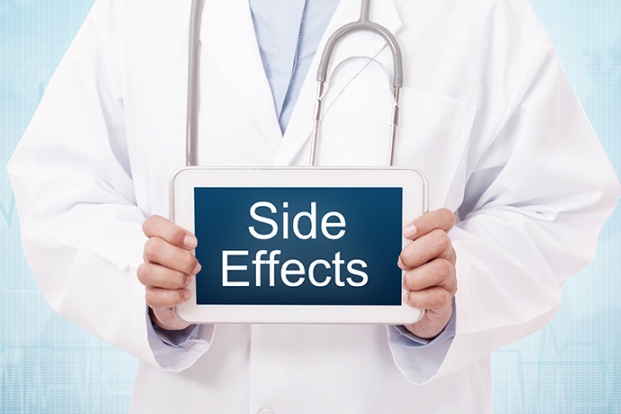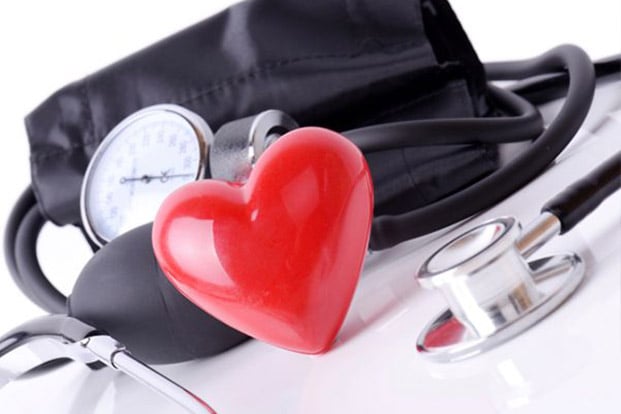Categories
- Bariatric Surgery (11)
- Black Fungus (5)
- Bone Marrow transplant (3)
- Brain Tumor Surgery Navigation Technology (20)
- Cardiac Surgery (66)
- Cardiology (97)
- Computer navigation technology for joint replacements (20)
- Covid Vaccination (17)
- Critical Care (2)
- Dental (19)
- Dermatology (31)
- Dialysis Support Group - “UTSAAH” (11)
- Dietitian (33)
- Emergency Medicine (4)
- Emotional Health (11)
- Endocrinology (33)
- ENT (20)
- Gastroenterology and GI Surgery (53)
- General and Laparoscopic Surgery (21)
- General Surgery (4)
- Gynecology & Obstetrics (183)
- Hematology (20)
- Internal Medicine (294)
- Kidney Transplant (50)
- Kidney Transplantation (20)
- Lung Cancer (8)
- Minimal Invasive Surgery (1)
- Mother & Child (20)
- mucormycosis (5)
- Nephrology (61)
- Neurology (147)
- Neurosurgery (68)
- Nutrition and Dietetics (107)
- Omicron Variant (1)
- Oncology (288)
- Ophthalmology (10)
- Orthopaedics & Joint Replacement (86)
- Paediatrics (59)
- Pediatric Nephrology (3)
- Physiotherapy (5)
- Plastic & Reconstructive Surgery (6)
- Psychiatry and Psychology (90)
- Psychologist (28)
- Pulmonology (72)
- Rheumatology (13)
- Spine Services (21)
- Transradial Angioplasty (16)
- Urology (84)
Query Form
Posted on Apr 19, 2022
Testosterone therapy side effects: What are the heart risks?
Testosterone therapy may raise your cholesterol levels. Increased cholesterol in the arteries can lead to a heart attack. Other side effects contains oily skin, fluid retention, and a less in the size of your testicles. High Testosterone may increase the Heart Disease Risk. The higher a man’s level of natural testosterone, the higher his risk of heart problems, as per to a research that looked at testosterone and heart disease only in men 65 . However, more recent studies show no increase in cardiovascular disease in men taking testosterone therapy.

Few research even shows a lower risk of death in men receiving testosterone therapy compared with those not receiving therapy. A large no of study following more than 1,000 men for three years found that testosterone therapy did not increase the risk of cardiovascular events. Always remember that testosterone therapy carries various other risks, including contributing to sleep apnea, stimulating noncancerous growth of the prostate, enlarging breasts, limiting sperm production, stimulating growth of existing prostate cancer and contributing to the formation of blood clots in the veins. Although testosterone acts directly on many tissues some of its least desirable effects don’t occur until it is changed into another male hormone, dihydrotestosterone (DHT). DHT affects the skin, like producing acne, and on the hair follicles, putting hair on the chest but often taking it off the scalp. Male pattern baldness is one thing, but prostate disease quite another: DHT also stimulates the growth of prostate cells, producing normal growth in adolescence but share to benign prostatic hyperplasia (BPH) and possibly even prostate cancer in several older men.



